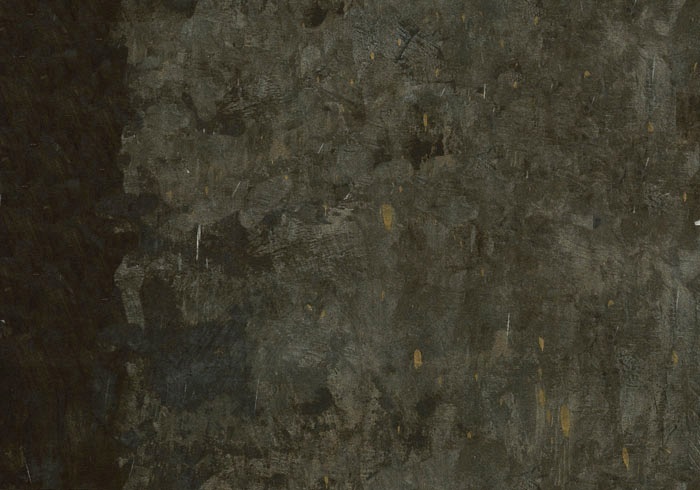Background



IF YOU ASK ANYONE who inhabited the Rock venues of the late 60's and early 70's, who the most memorable bands on the circuit were, the name East of Eden will always crop up. Yet now they are largely forgotten, over shadowed by the obvious names such as King Crimson The Nice and Yes, and their uncharacteristic hit 'Jig-a-Jig' only served to confuse people as to the kind of music they were actually producing at the time. The original incarnation of the band were never categorised in the general mainstream of 'progressive' rock which invariably relied on guitar and keyboard pyrotechnics. Instead their front line of electric violin.
played in an almost Hendrix-like mode, saxophone bordering on free form jazz mixed with bluesy guitar, gave them a unique identity.
Their utilisation of jazz in a much purer form than their contemporaries was the prime element which defined their music. Also use of eastern scales, reggae rhythms and influences of classical composers such as Bartok crossed musical boundaries years before the term 'World Music' was coined. The band were originally formed in Bristol in 1967 but moved to London in 1968 taking on board ex-Graham Bond bass player Steve York (later with Vinegar Joe) and drummer Dave Dufort. This line-up made their first album 'Mercator Projected'. The curious production by a Decca pop producer high- lighted a soft-edged eastern influenced style rather than the rawer improvisational qualities of their stage performance.

East of Eden
In the late Sixties and early Seventies East of Eden were one of the hardest working bands in the country. Countless personnel changes and a curious hit single obliterated the original purpose of the band. Yet when they started out they were at the forefront of experimental music of that era.
This website documents the original incarnation of East of Eden.
The later line-ups were essentially a completely new band, who no longer really played the kind of music we originally set out to do.
Their second album 'Snafu' was more representational incorporating reggae and Charles Mingus and John Coltrane influenced tracks. This time on bass was Andy Sneddon and drums Geoff Britton (who went on to join Paul McCartney's Wings) Both albums clocked up respectable sales. 'Snafu' made the top 30 in the UK and a single 'Ramadhan' reached No.2 in France in 1970 'Jig-a-Jig', which was the encore number in their set, an ironic throwaway twist to the rest of their show, became a top ten single on it's re-release in 1971. Dave Arbus then made two rather more conventional albums on the Harvest label (with David Jack. guitar, Jeff Allen, drums and Don Weller, Sax). By this time Ron and Geoff had quit the band, Ron to concentrate on playing jazz and Geoff to join the band Bubastis.
Since reuniting in the 1990's they have concentrated on playing mainly
jazz based instrumental material.
In the 'Classic Albums' TV Series on The Who's album 'Who's Next' Dave Arbus was featured as he contributed the long Violin solo ending the legendary track 'Baba O'Reilly'.